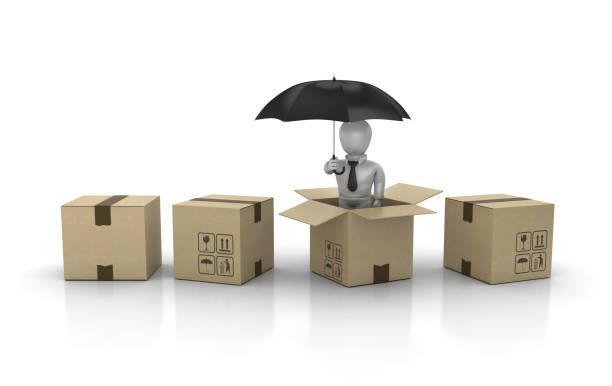When you run an online store, one of the most overlooked costs isn’t in production or marketing…
It’s in what happens after the package leaves your hands.
Welcome to the world of shipping insurance — where lost packages, damaged goods, and customer disputes can either cost you a little or break your margins completely.
In this guide, we’ll explore:
- Why shipping insurance matters more than you think
- The hidden truths about carrier coverage
- Real-world examples from Shopify sellers who saved thousands
- And how to protect yourself without overpaying
Let’s dive into Shipping Insurance Secrets: What eCommerce Owners Must Know — and why ignoring it could cost your brand far more than just money.
Why Shipping Insurance Isn’t Optional — It’s Risk Management
You’ve invested in product development. You’ve optimized for conversion. You’ve built a brand that people trust.
But what happens when a package gets lost?
Or arrives damaged?
Or worse — what if a customer claims they never received it?
That’s where shipping insurance steps in.
Psychological Insight: People Trust Brands That Handle Mistakes Well
According to research published in Harvard Business Review , customers remember how brands handle failures more than how they celebrate successes.
Which means:
A single mishandled shipping issue can erase months of good branding.
Because in digital commerce…
Trust is built through protection — not just promises.
5 Hidden Truths About Shipping Insurance (And What They Mean for Your Brand)
Here’s what most guides won’t tell you — but every store owner needs to know.
1. Carrier Coverage Is Rarely Enough
Most carriers like UPS , FedEx , and even USPS offer some form of in-transit insurance — but it rarely covers the full value of your product — especially for high-margin or handmade goods.
Example:
- USPS offers $100 coverage by default — but only if you file a claim with proof of value
- FedEx and UPS charge extra for expanded coverage — and often exclude return shipping
Secret Tip: Always assume carrier insurance is the baseline — not the final solution.
Because real protection requires more than what comes included.
2. Not All Policies Cover Returns — But You Need Them To
Many brands focus only on outgoing shipments — and forget that returns also carry risk.
What happens when:
- A customer sends back a defective item
- It gets lost in transit
- You’re expected to refund before receiving the product
If your policy doesn’t cover return shipping — you’re out both product and payment.
Secret Tip: Look for policies that include two-way protection — covering both outbound and inbound damage/loss.
3. Some Platforms Automatically Add Insurance — Without Telling You
Shopify, Amazon, and eBay all offer automated shipping insurance — but many sellers don’t realize they’re paying for it until they review their monthly statements.
Example:
- Shopify Protection automatically adds coverage at checkout — and deducts fees per order
- Amazon FBA includes fulfillment insurance — but has strict filing rules
- eBay offers free coverage up to $100 — but only for eligible listings
Secret Tip: Don’t assume opt-in. Check your settings — and adjust based on actual need.
Because sometimes, the biggest leak in your funnel isn’t ads…
It’s unnoticed shipping fees.
4. Claims Are Easier Said Than Done
Filing a claim sounds simple — until you realize:
- You must prove value
- You need original packaging
- You have to wait weeks for resolution
- Some companies charge processing fees
This creates friction — and delays refunds.
And in the world of customer service…
Time = Trust.
So unless you streamline your process, customers will assume the worst — even if it wasn’t your fault.










